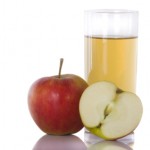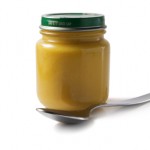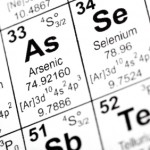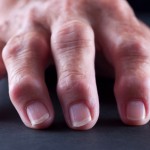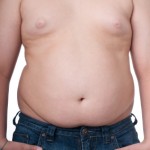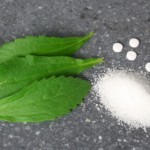In September of 2011 Dr. Oz, the Columbia University cardiothoracic surgeon turned TV personality, reported on a problem with apple juice. His show is often on one of the six screens in front of our health club's exercise bikes. I didn't know much about him and routinely read a book on the recumbent bike I ride for an hour, so I paid little attention...then.
His comments applied only to apple juice. He had commissioned an independent lab to check the arsenic level in five brands of juice. They found 10 of the 36 samples had arsenic levels higher than the EPA's drinking water standard of 10 parts per billion (ppb).
The FDA called his publicizing the results of his study "irresponsible and misleading," saying drinking all brands of apple juice is safe. What he hadn't asked the lab to do was to determine if that toxin was in its inorganic form, felt to be dangerous, or in the less dangerous organic form. The FDA said they retested the same batches of juice and found the levels of the more toxic form to be well within safe limits, "almost zero."
Their standard for combined organic and inorganic arsenic is 23 ppb; foods or beverages measuring above that level get retested to determine how much inorganic arsenic is present.
Let's think about that cutoff level; drinking water, to be "safe" used to have less than 50 ppb, more recently 10 ppb has been set as the upper limit. As I've mentioned before, the state of New Jersey now has a standard of 5 ppb.
But in at the end of November, 2011, the website, MedPage Today briefly noted the results of a confirmatory study. Consumer Reports decided to measure both arsenic and lead in apple juice and grape juice. Nine of the 88 samples they had checked exceeded the "safe" limit.
Then in January, 2012, Consumer Reports.org published their full report online. That article mentioned that 25% of their samples had lead levels over the FDA's bottled-water limit of 5 ppb. And of the 10% of the samples with elevated arsenic amounts, most was the highly toxic inorganic variety.
That report is well worth reading. The Consumers Union group, an advocacy offshoot of Consumer Reports urged that new limits be set for these toxins in juice: 5 ppb for lead and 3 ppb for arsenic. Groundwater contamination with those toxins was implicated in the elevated amounts found in fruit juices. Human activities release three times as much arsenic into our environment as do natural sources
Then in early February two senior members of Congress, one from New Jersey and one from Connecticut, introduced the "Arsenic Prevention and Protection from Lead Exposure in Juice Act of 2012," AKA the "APPLE Juice Act of 2012." If it passes, the FDA would be required to establish standards for arsenic and lead in fruit juices in two years time.
The other issue, of course, is how much juice kids actually drink. The American Academy of Pediatrics recommends no juice until age 6 months, and no more than 6 ounces a day until age six. The reality is over a third of a sample of 555 children, 25% of those age two and under and 45% of kids aged from 3 to 5, exceeded those limits.
We've got a long ways to go, but at least we're hearing about these threats to the health of our kids and grandkids.

